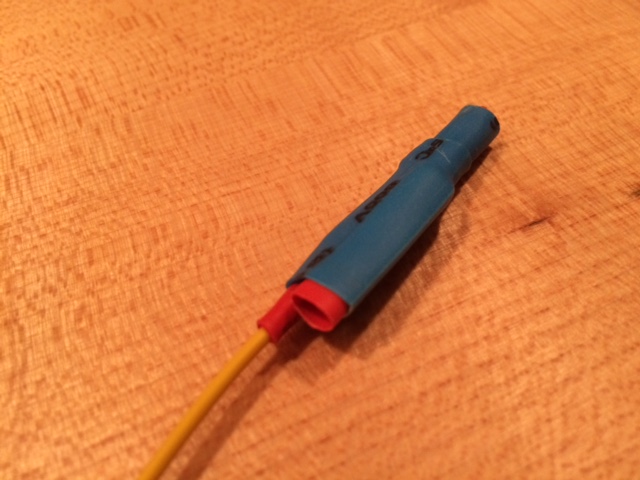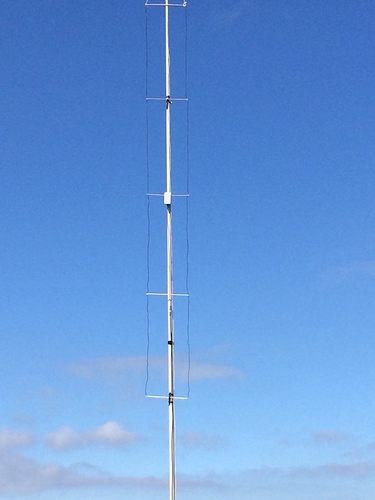I really like the Spiderbeam stuff. I bought the 7m pole which seems ideal for SOTA. I’ve yet to try it out (first outing with it tomorrow) but it seems very sturdy compared to a lot of the other cheap stuff you can buy from the online auction sites!
They also do a 10m version which is only 1cm longer but double the weight (still perfectly manageable for SOTA). I’ve not managed to get my hands on one to have a look though.
I have the 12m Spiderbeam mast which is fantastic for portable operations from the caravan at a campsite but I really wouldn’t want to carry it any great distance up a hill. It’s a bit big & heavy!
I also have the 22m Spiderbeam mast which is basically a permanent fixture at my 3 acre field (used as a 1/4 wave vertical for 80m & a 1/2 wave vertical for 40m). That definitely IS NOT portable!!!
For my upcoming SOTA activations in the next 2-3 days I’m going with a 7m Spiderbeam mast & an EFHW (as an inverted V) driven through a 49:1 transformer resonant on 40m. That should also give me 20m. I also have another shorter wire that I can run as a vertical (either a 1/4 wave on 20m, or other bands with a tuner).
For 2m (which is what you specifically asked about) I would go with what you already have. Some people like to run 10-20 watts or more from radios like the 857 but then you have to carry batteries as well.
Personally I find 2.5 watts (with the option to pump that up to 5 watts on most handhelds) enough to achieve a good result. Anymore power than that & you are into diminishing returns in my view. All you are doing is warming up the sheep on the next hilltop!
If keeping the budget down is important for you, then work with what you already have.
As a side not, some of the lighter coax cables can be EXTREMELY lossy at VHF/UHF frequencies. I once measured the loss of RG-58 on 2m.
A 5 meter length of RG-58 had more loss than a 50m length of Westflex 103 on 145MHz!!!
Unless you plan to haul up low loss coax such as RG-213 or Westfelx 103 to the top of the summit (assuming that a fibreglass mast would take the weight of said feeder cable), adding an additional 5 meters of coax loss to get the antenna to the top of a 10 meter mast (as opposed to just using a 5 meter mast) might not be worth it.
If you are on a SOTA summit, then you are probably already in a good VHF location. Adding a few meters of antenna height probably isn’t going to make much difference.
The problem you will run into on some summits is desense. I’ve found that handhelds are more prone to this than base/mobile radios, especially when you use big external antennas. This can be overcome by adding a bandpass filter.
Just my thoughts, I’m sure that others will disagree!
At the time of posting this there were 15 comments from approximately 11 different people & you are probably going to end up with around 20 different suggestions! Do what works best for you.



